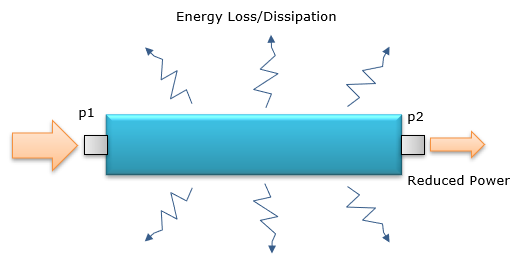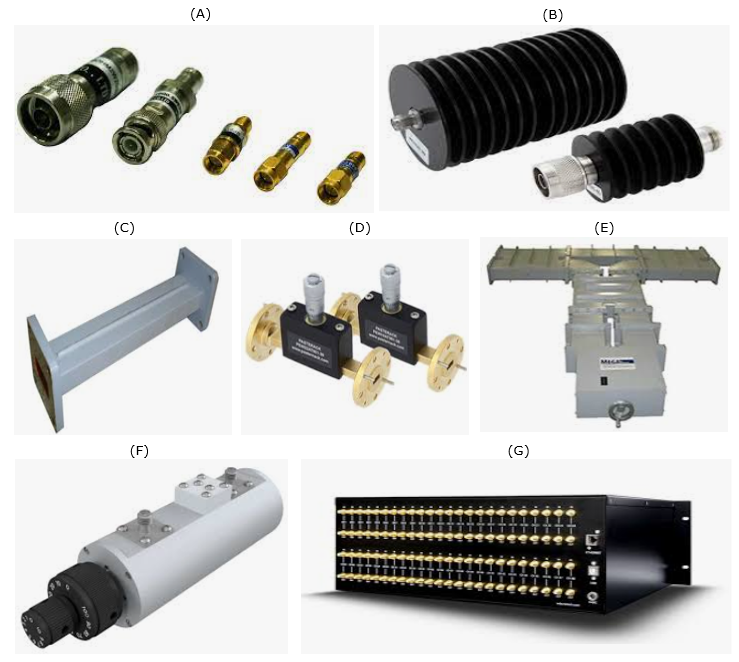|
RF |
||
|
Attenuator
Attenuator is a device that dissipate (waste) energy into environment and as a result only reduced amount of energy gets out of the output port. Conceptually it is almost like a resistor in electronic circuit.
Why we need an Attenuator ?
Probably an Attenuator would be one of the most frequently used RF device. The purpose of the device is to reduce the power level. Why do we want to reduce (waste) power level ? It is mainly to protect the input path of a system or reduce the input power level to fit into the dynamic range of the input port of a system (or a device). Every device or every system has its own range of input power that the system (or device) can tolerate. Therefore, if the signal power you want to connect to a system (a device) is too high, you need to reduce the signal power so that it would not burn out the input channel of the system. On the contrary, if the signal level is too low to be detected by the system (or device) you want to connect, you need to use an amplifier to increase the power level.
Types of Attenuators
There are so many different types of Attenuator you may get from the market. A small set of examples are shown below.
(A) would be one of the most common attenuators that are used in various RF application. (B) would be similar to (A) but these are usually used for high power application with cooling fan shown in the picture. (C),(D),(E) are cavity /waveguid type which would be used for very high frequency / high power application. (A)~(E) are all the attenuator with a fixed value (i.e, you cannot change the attenuation level arbitrarily), but with (F), (G) you can change the level of the attenuation arbitrarily. These are called variable attenuator. For (F), you can change the attenuation level by manually rotating the knobs. For (G), you can change the attenuation level programatically.
|
||

